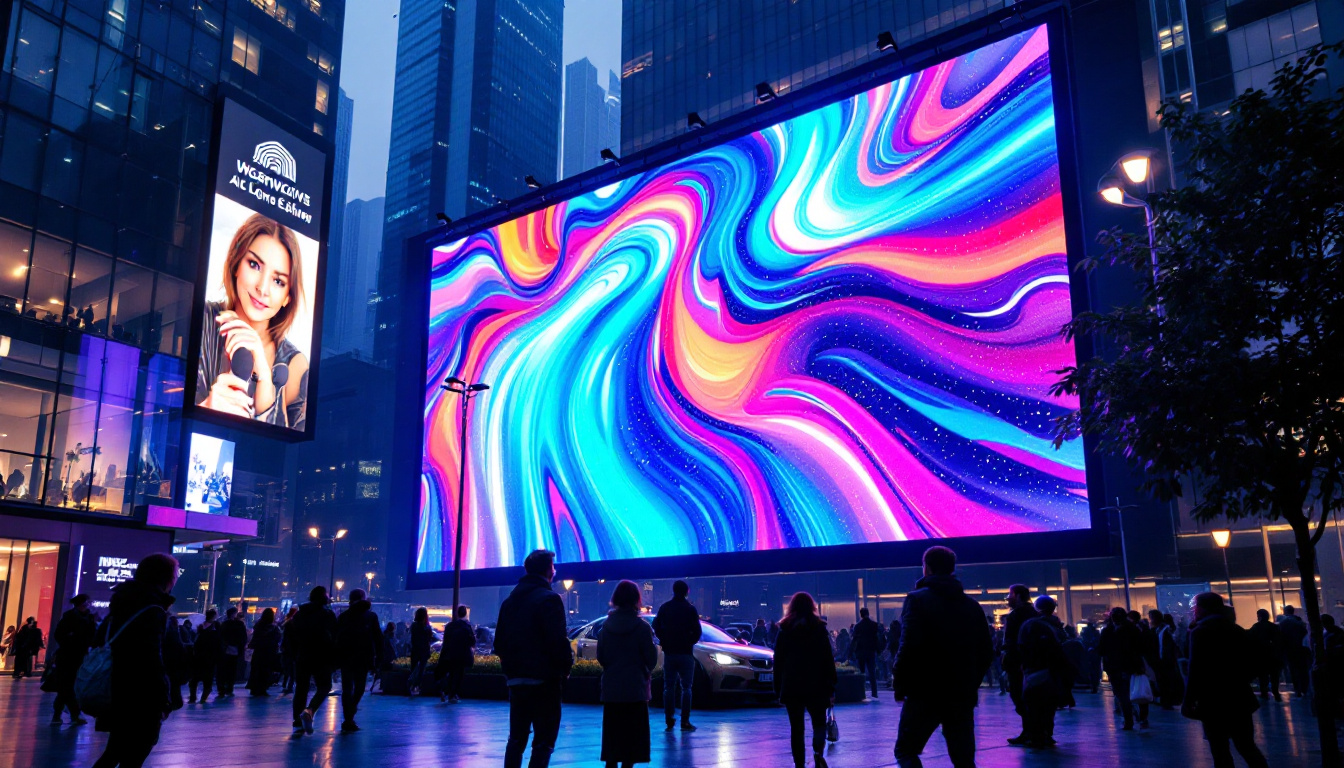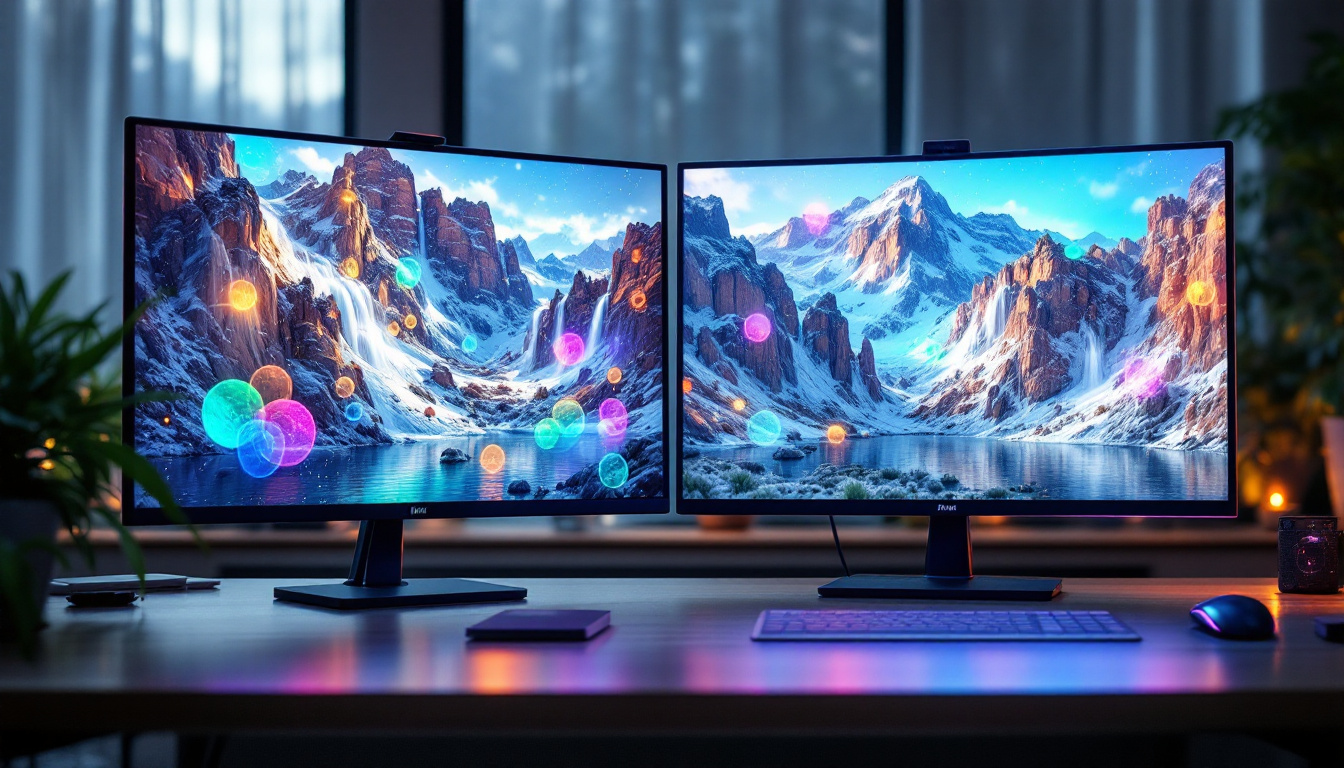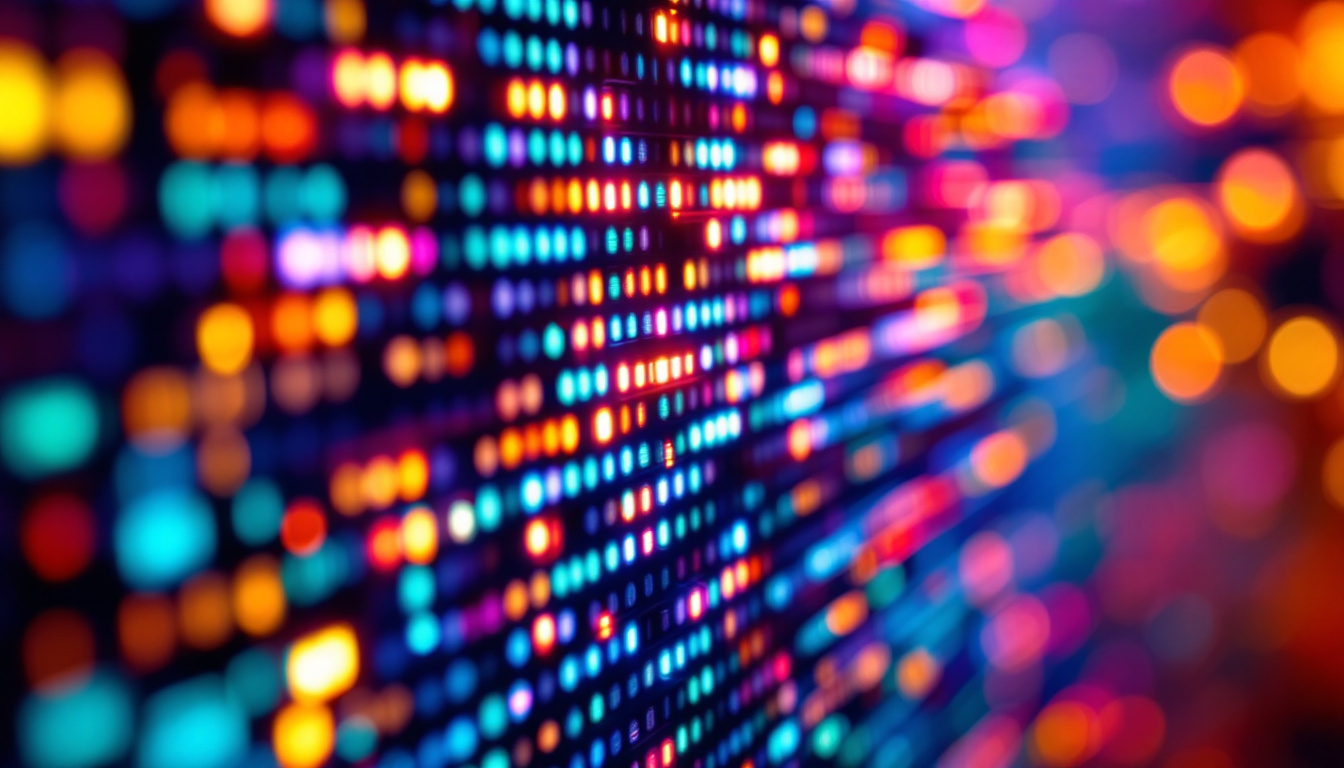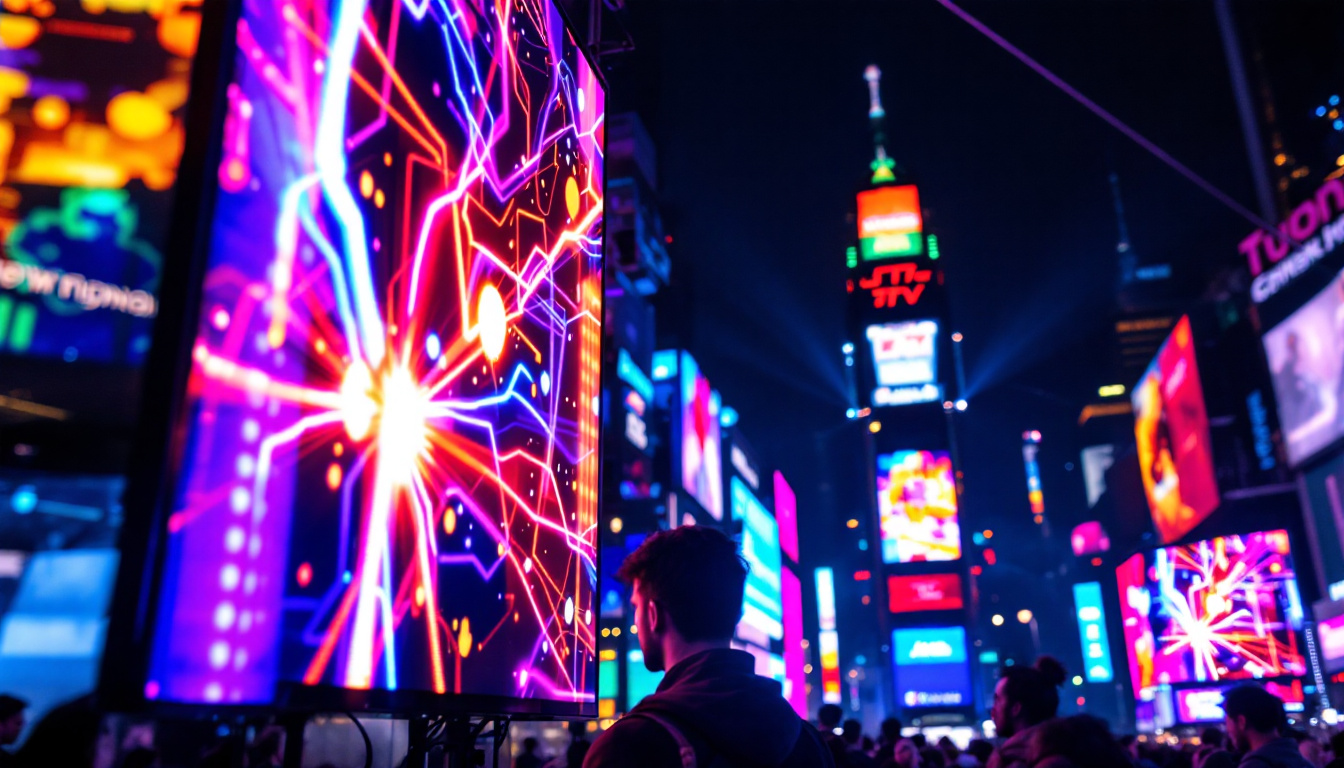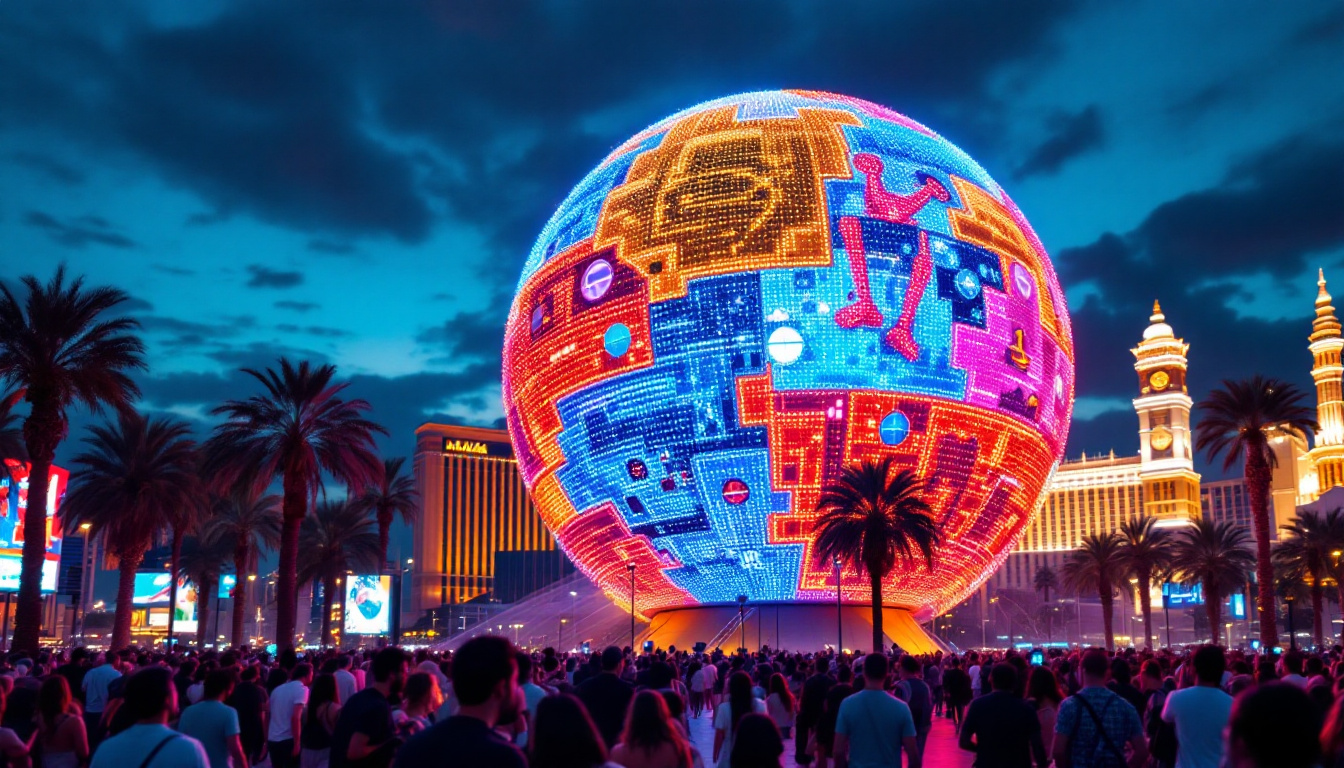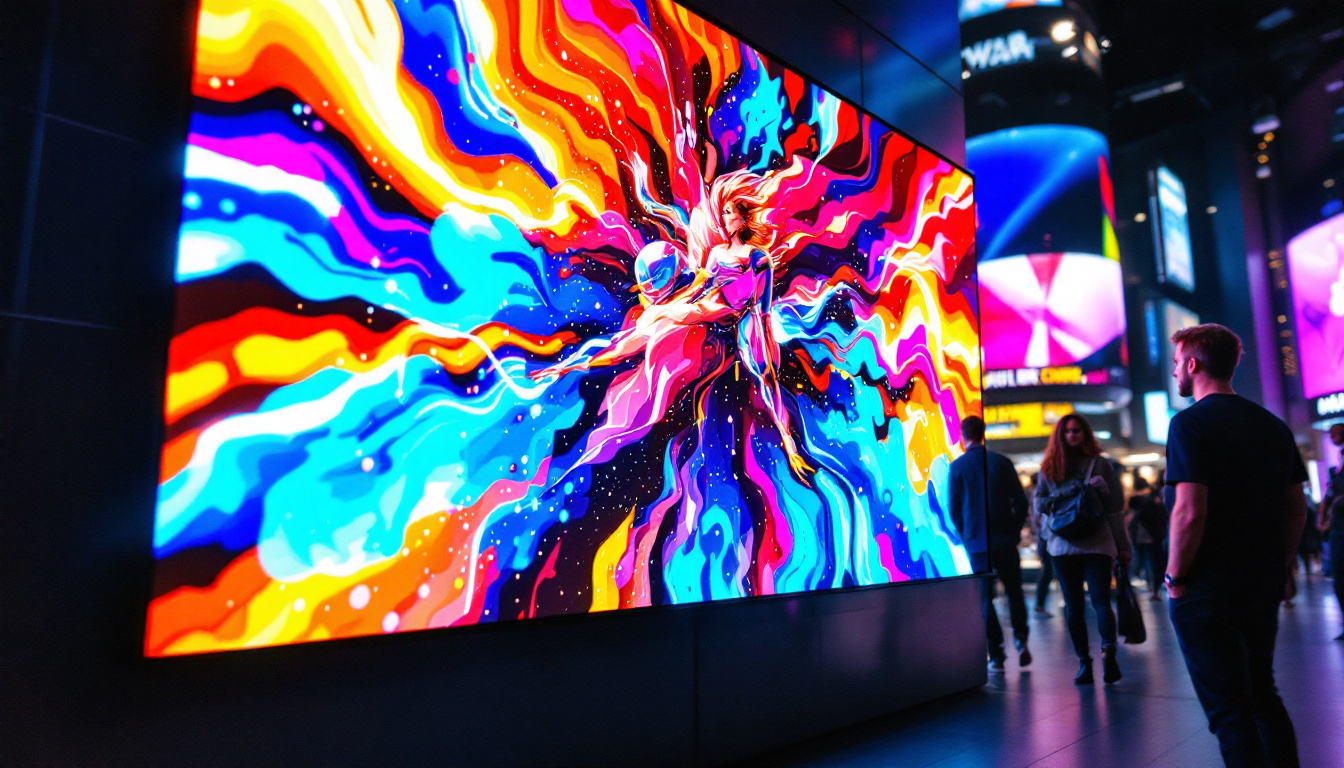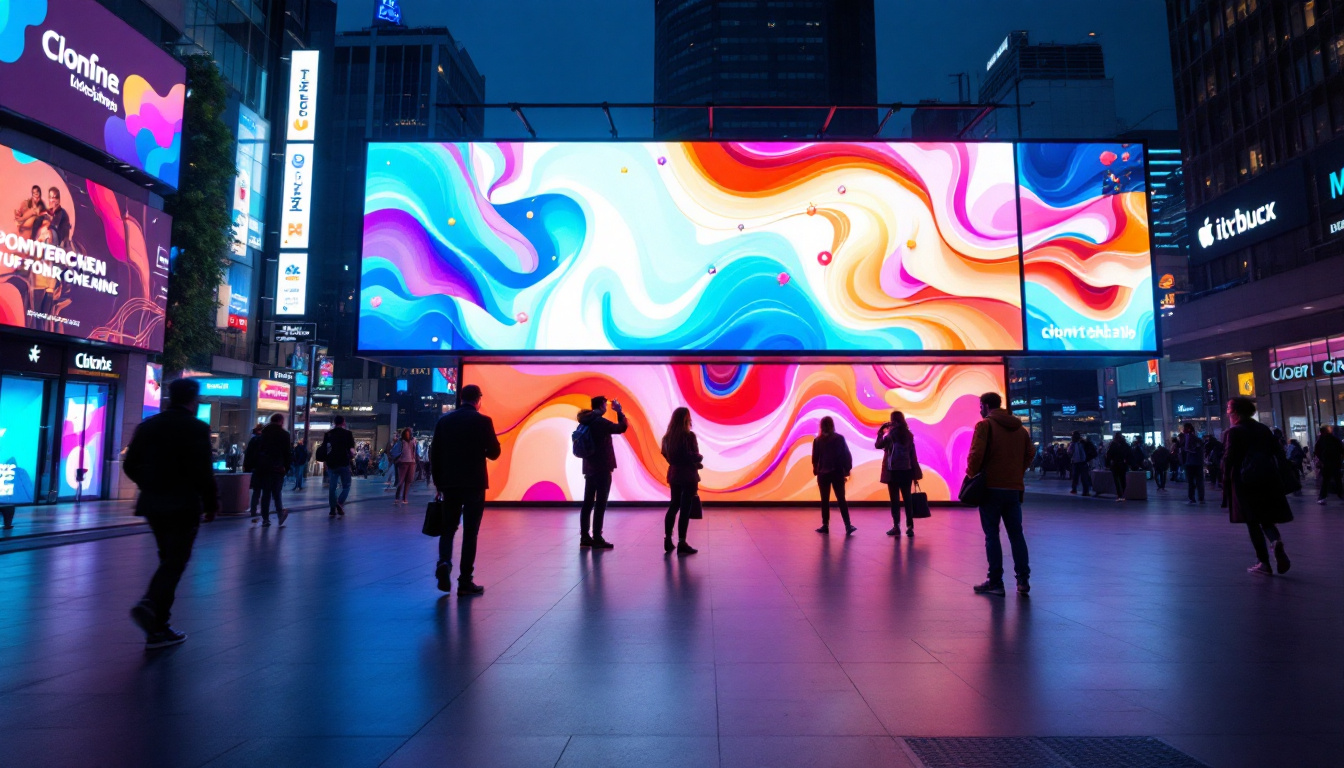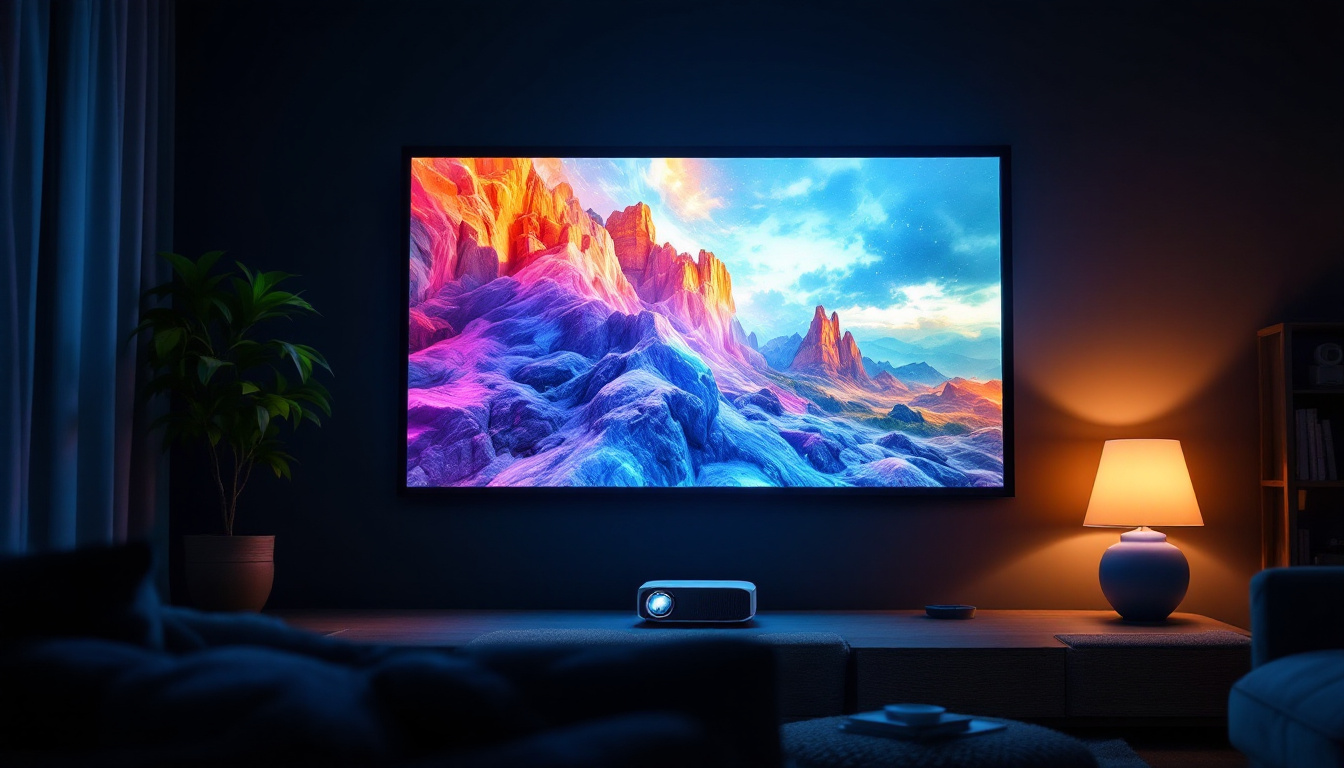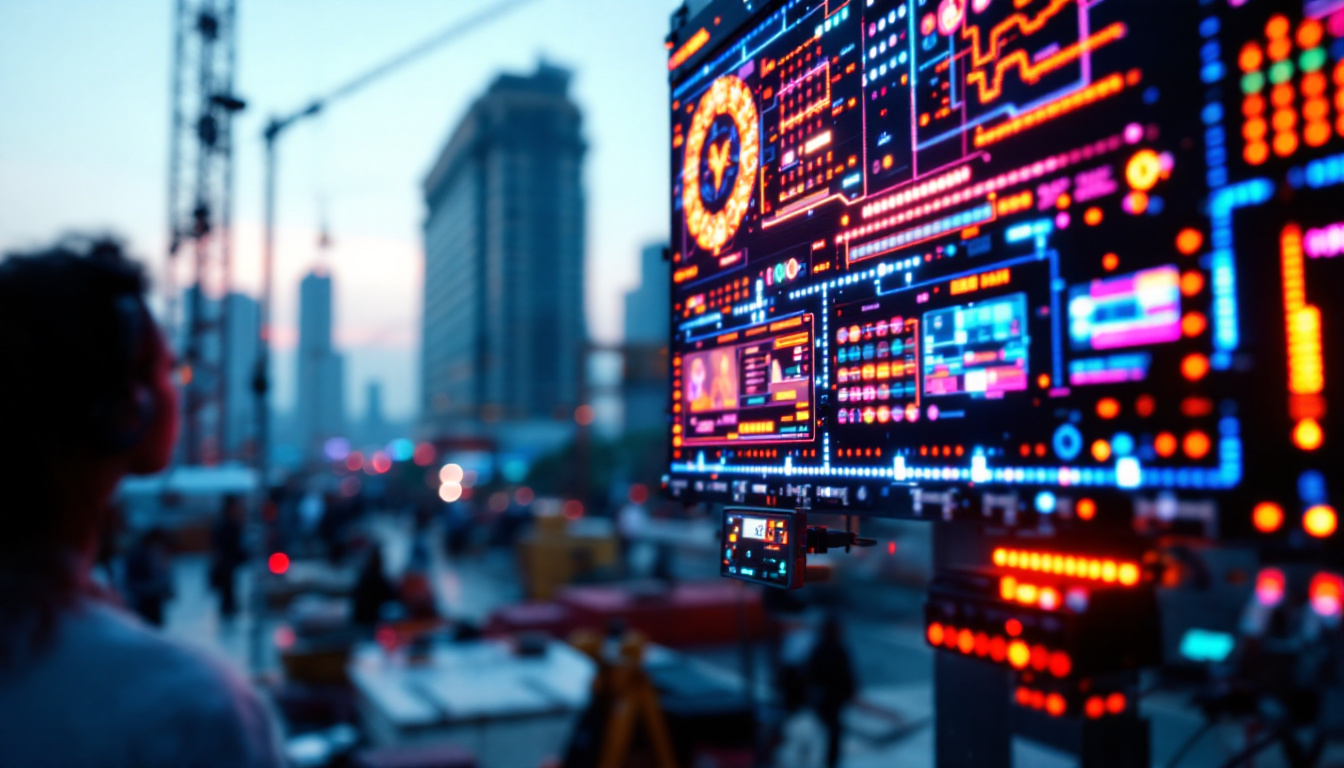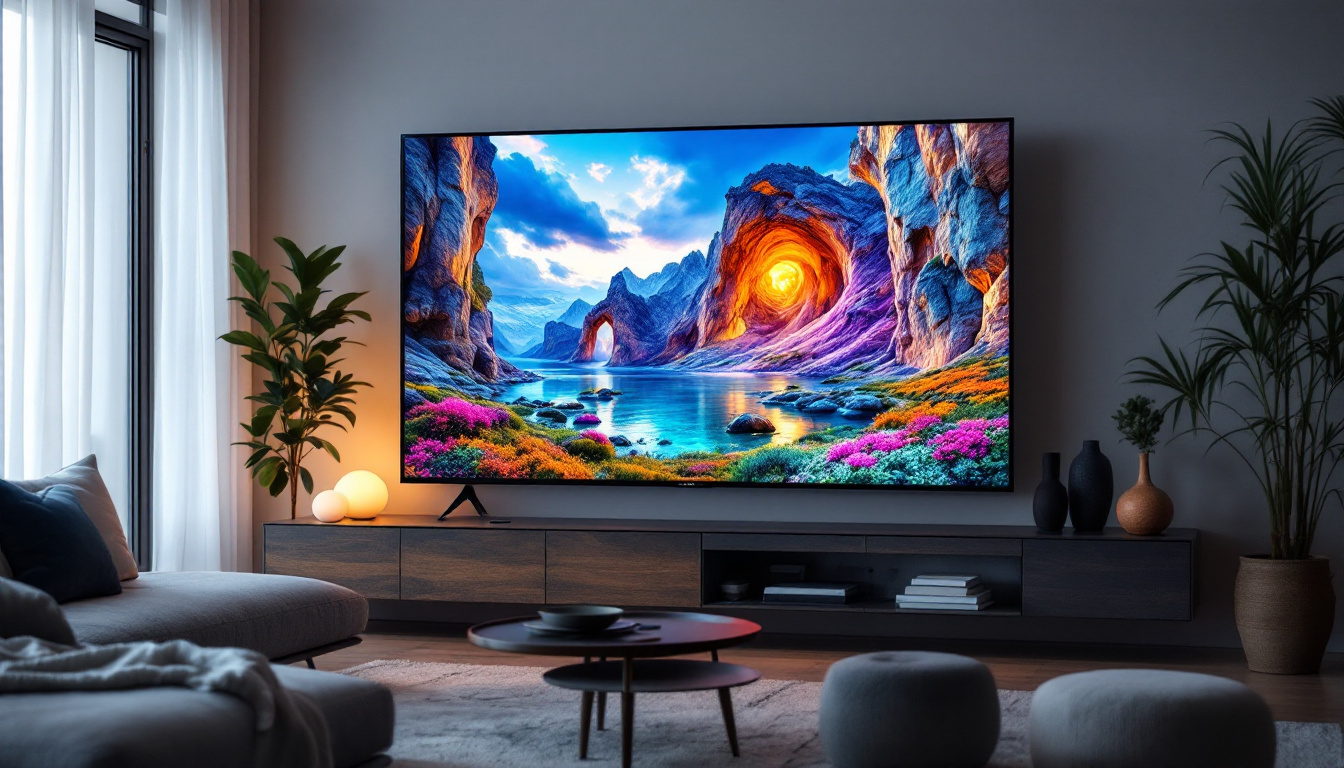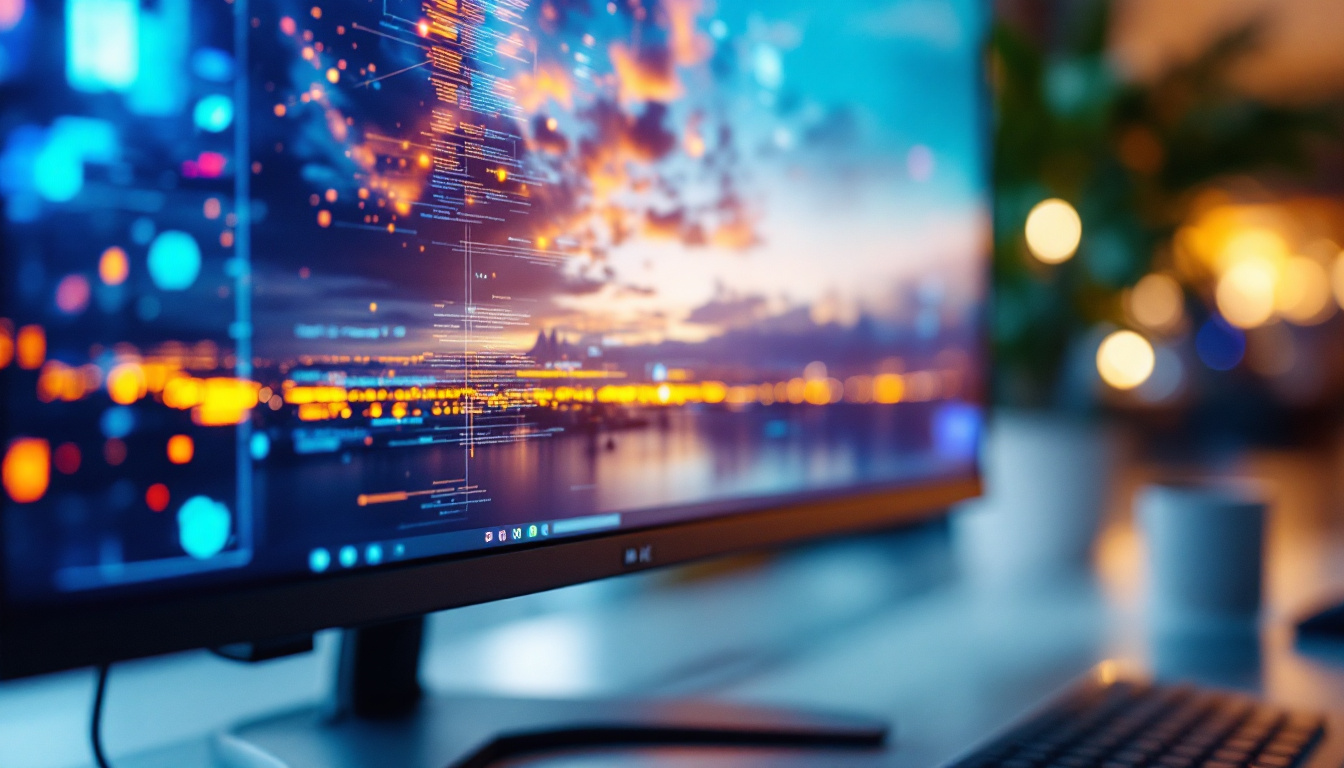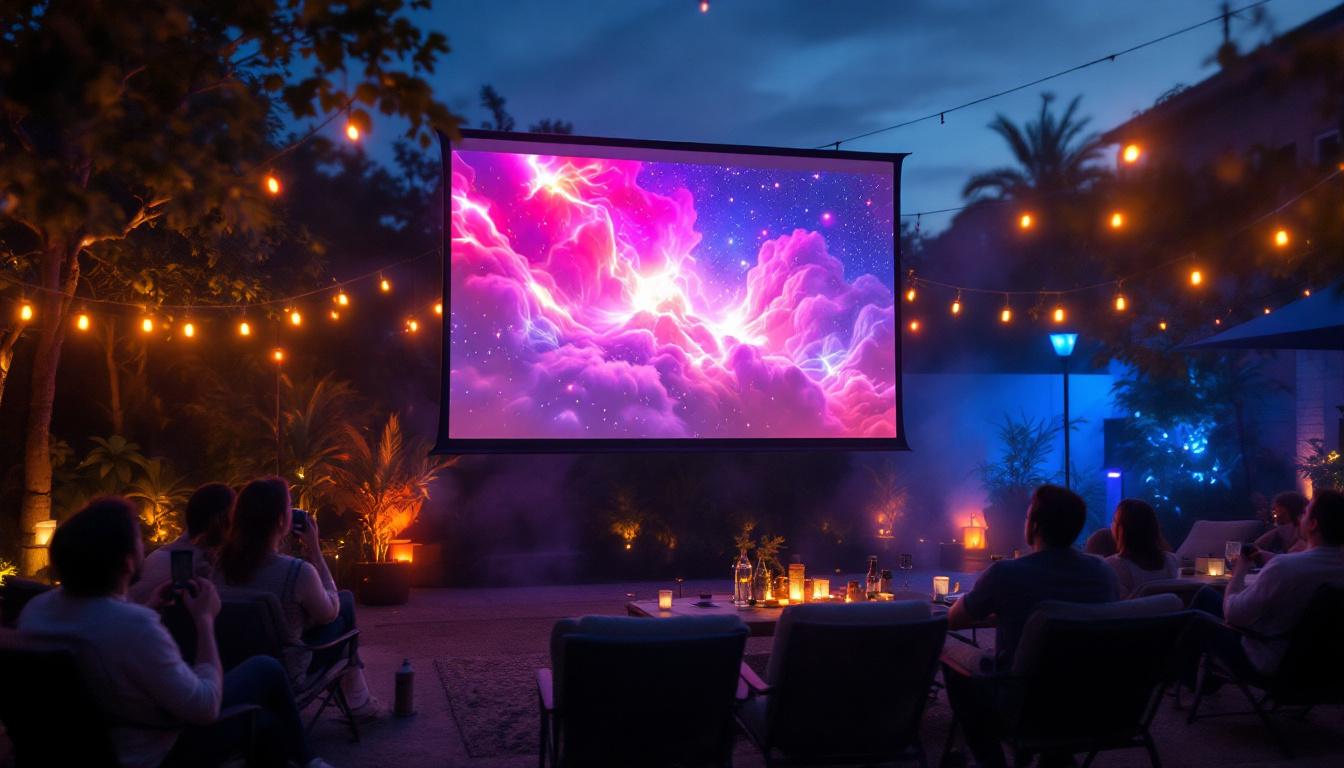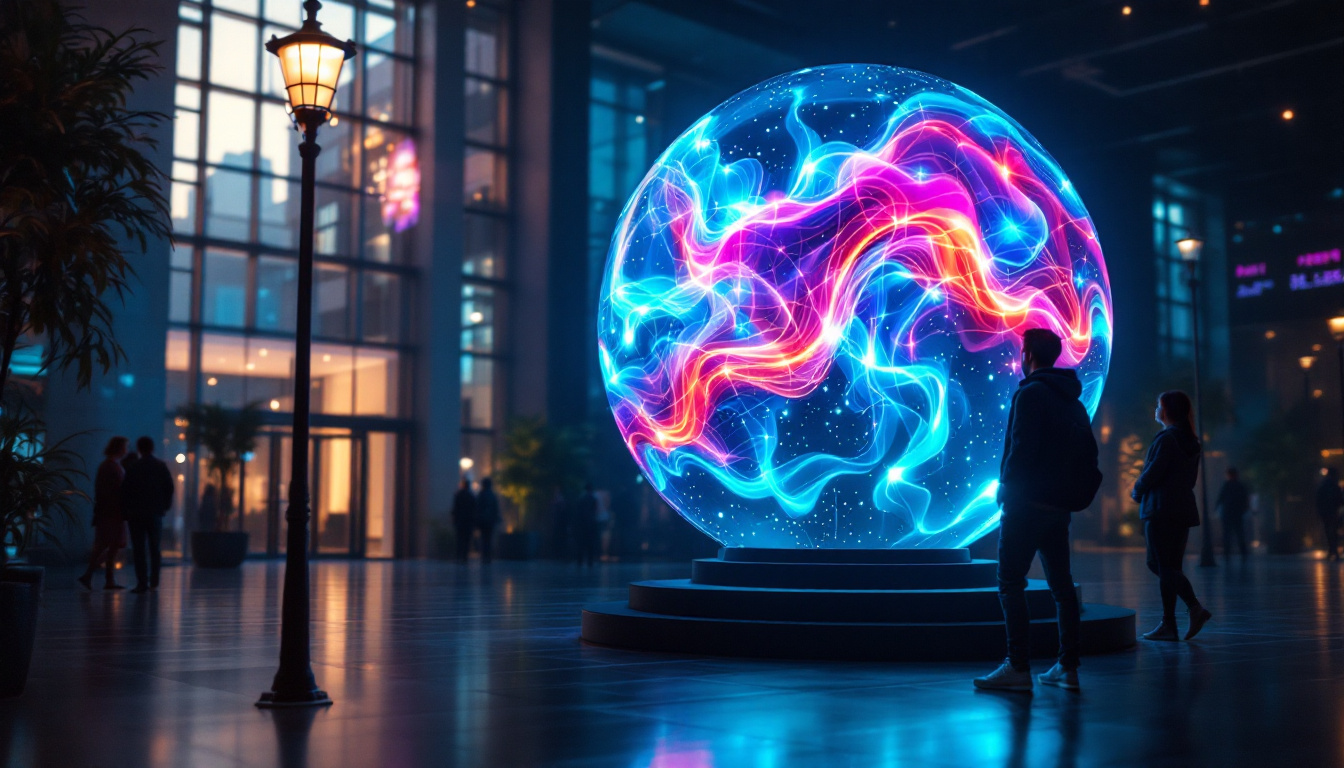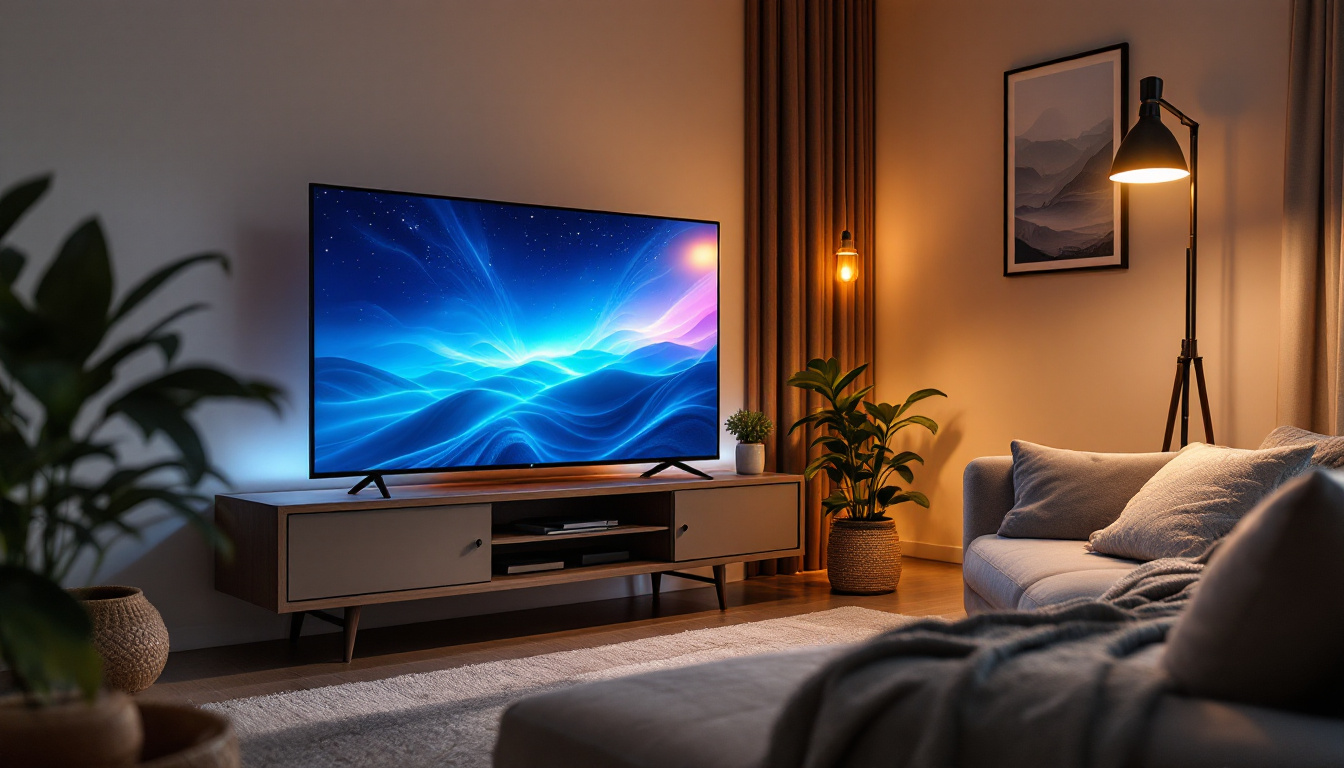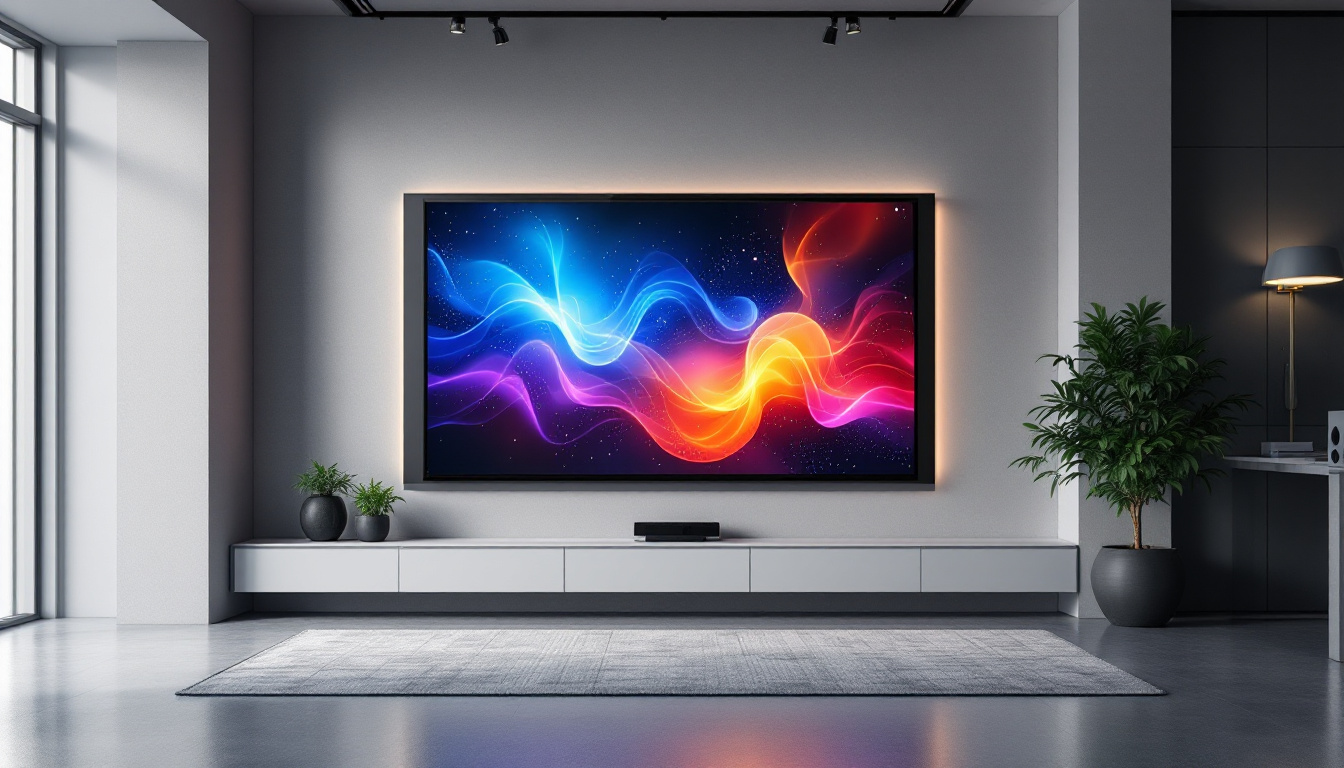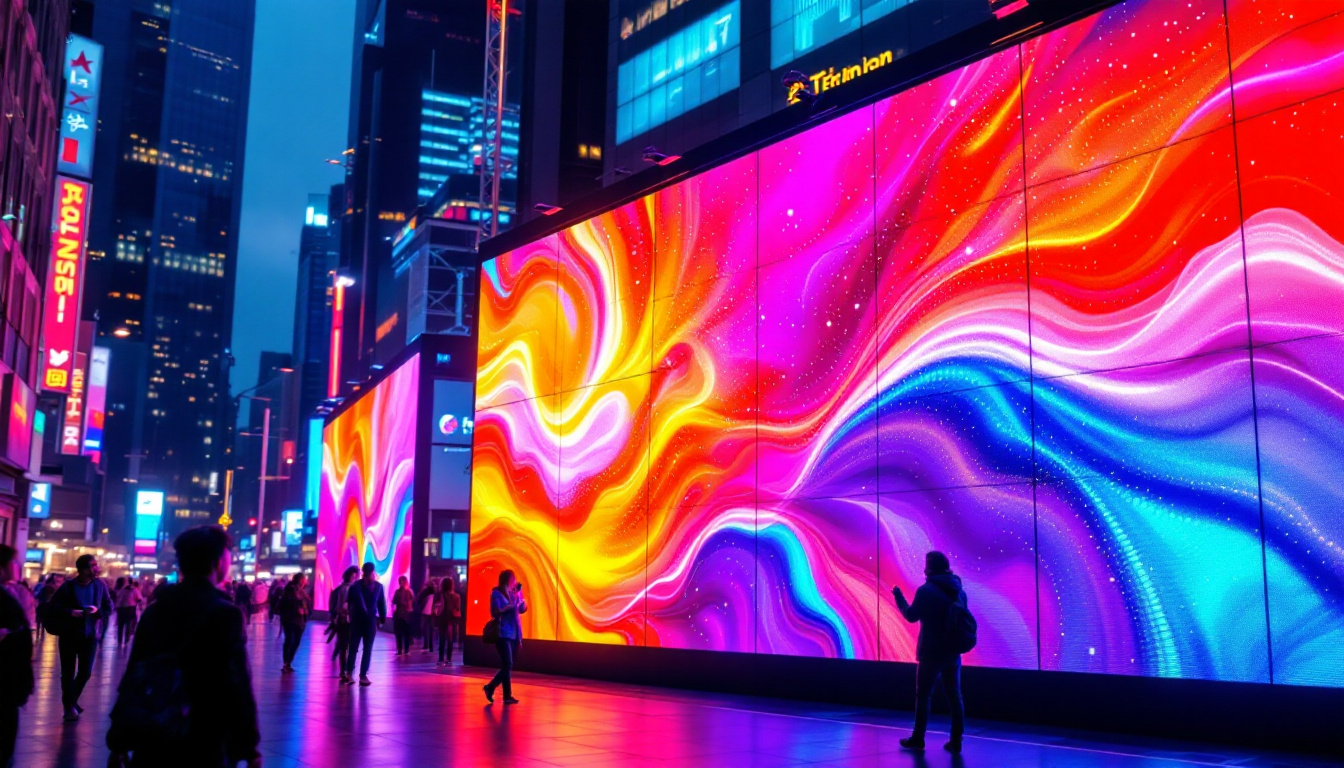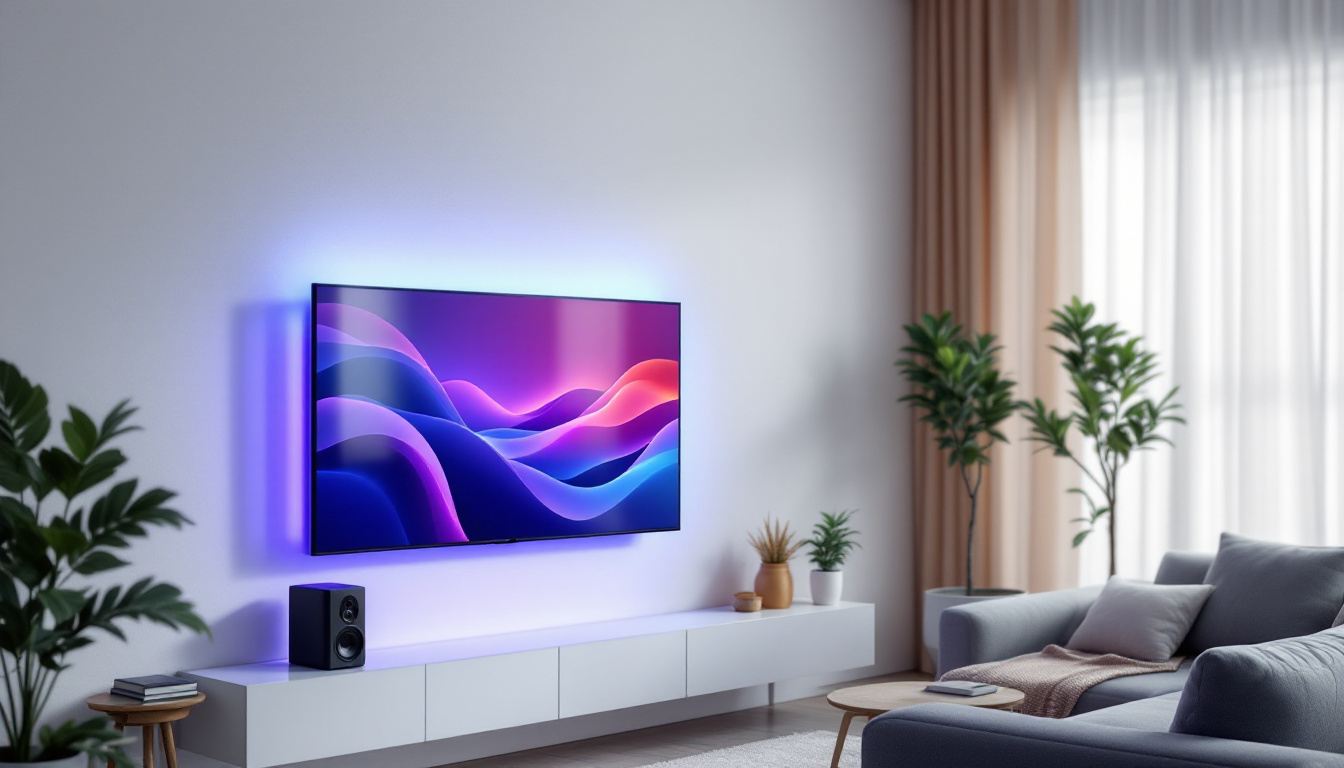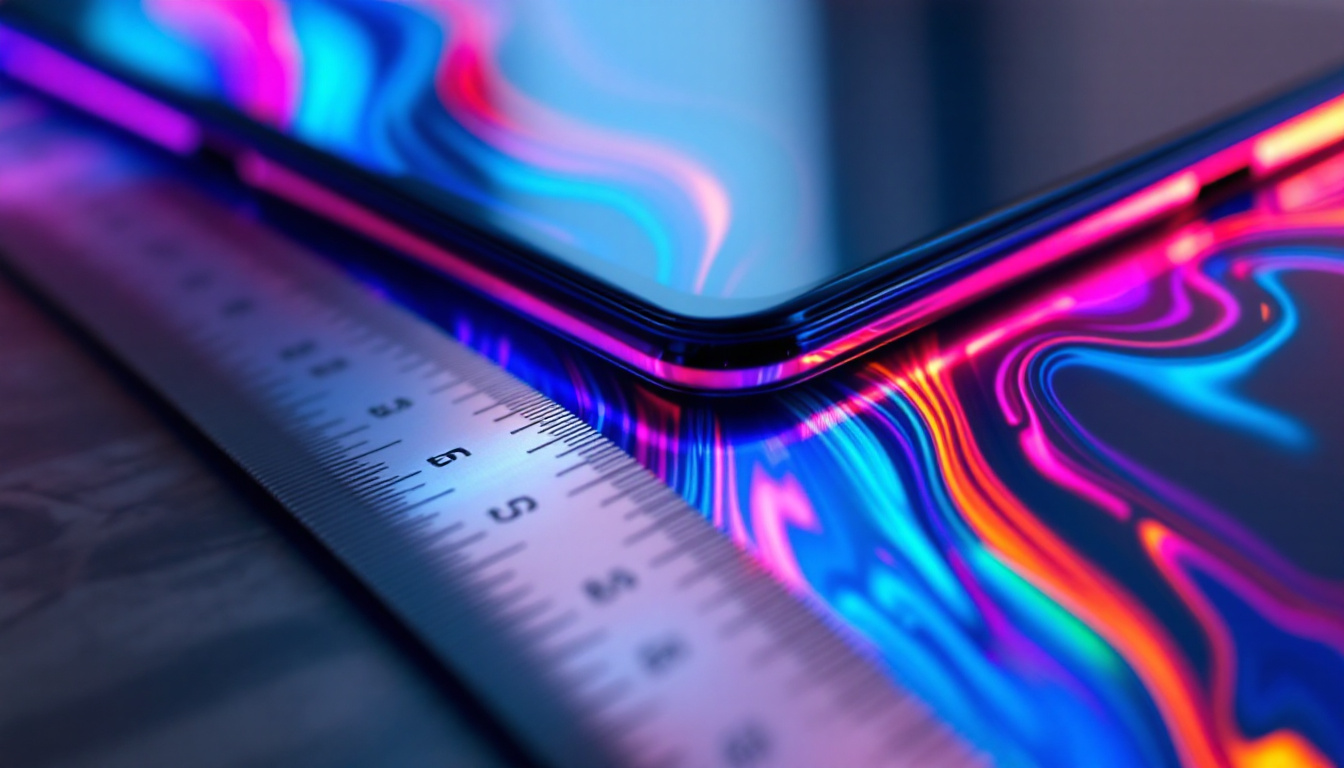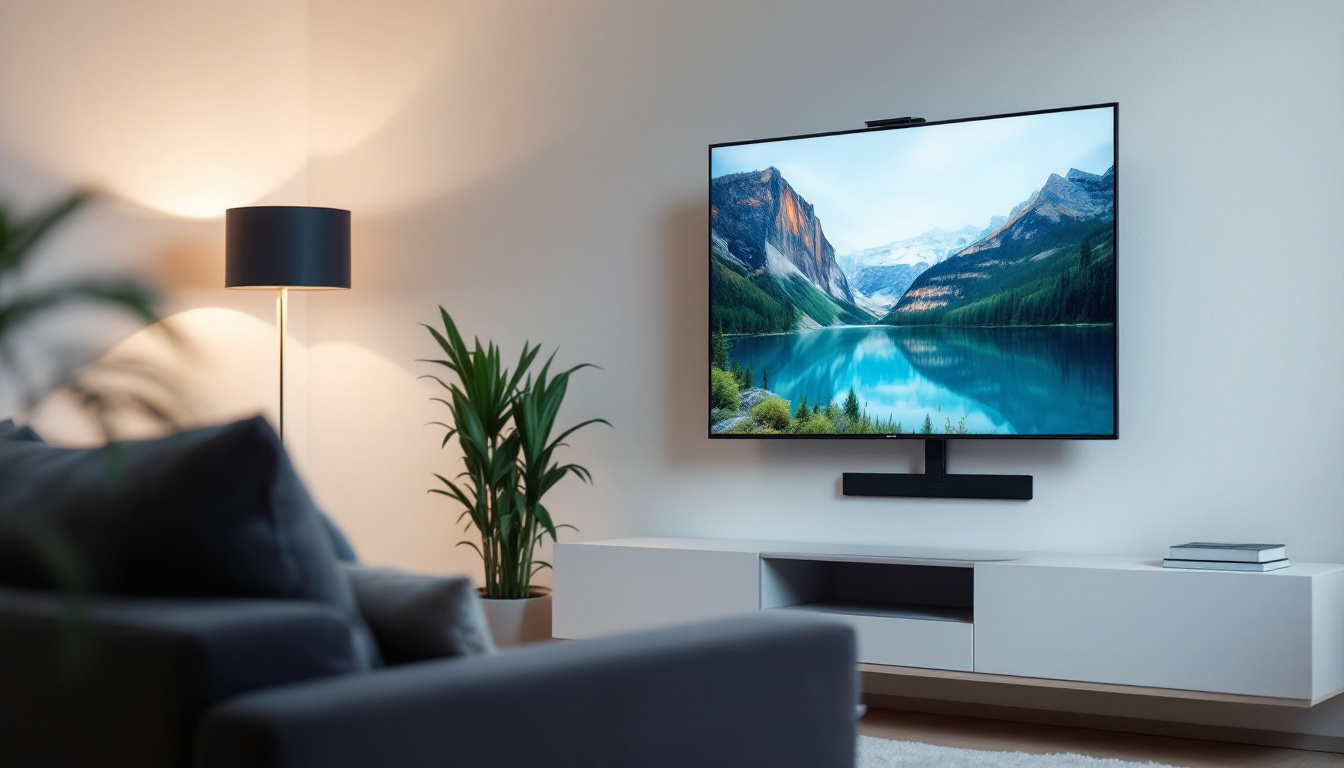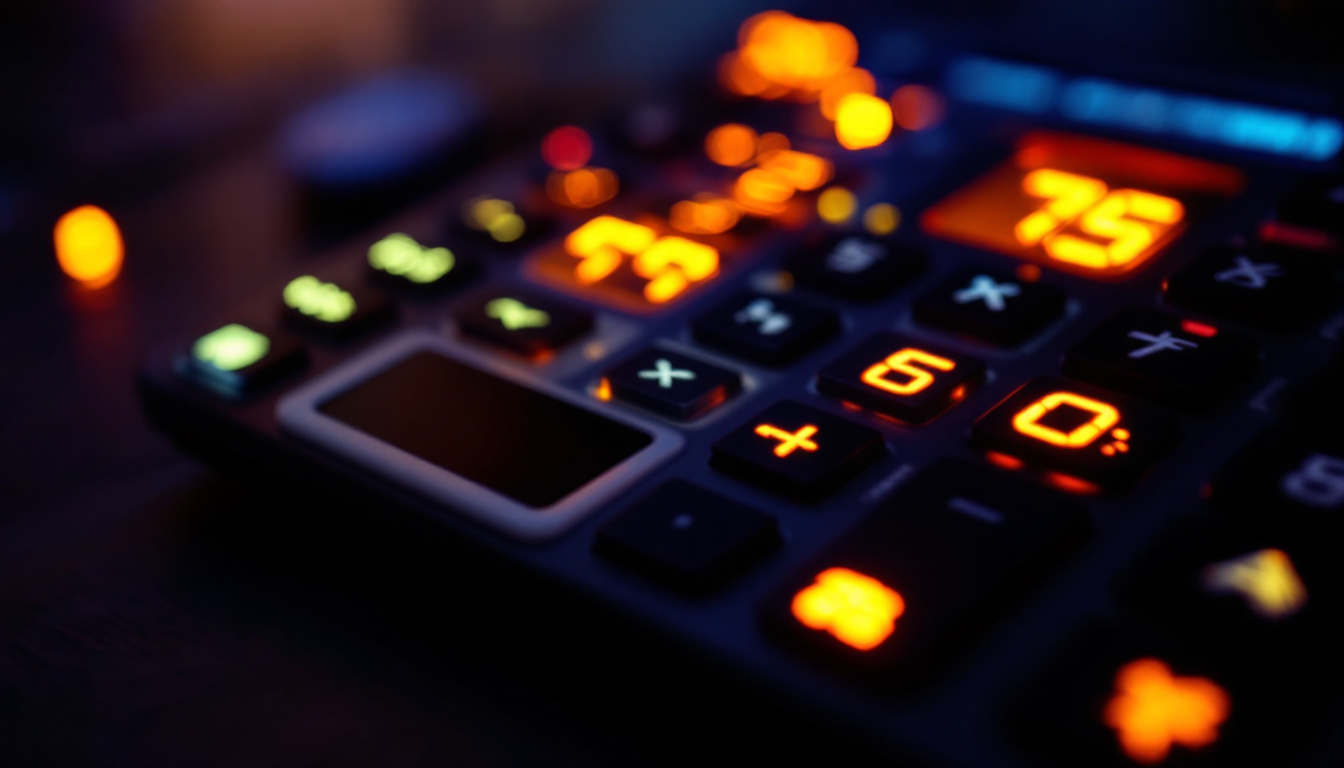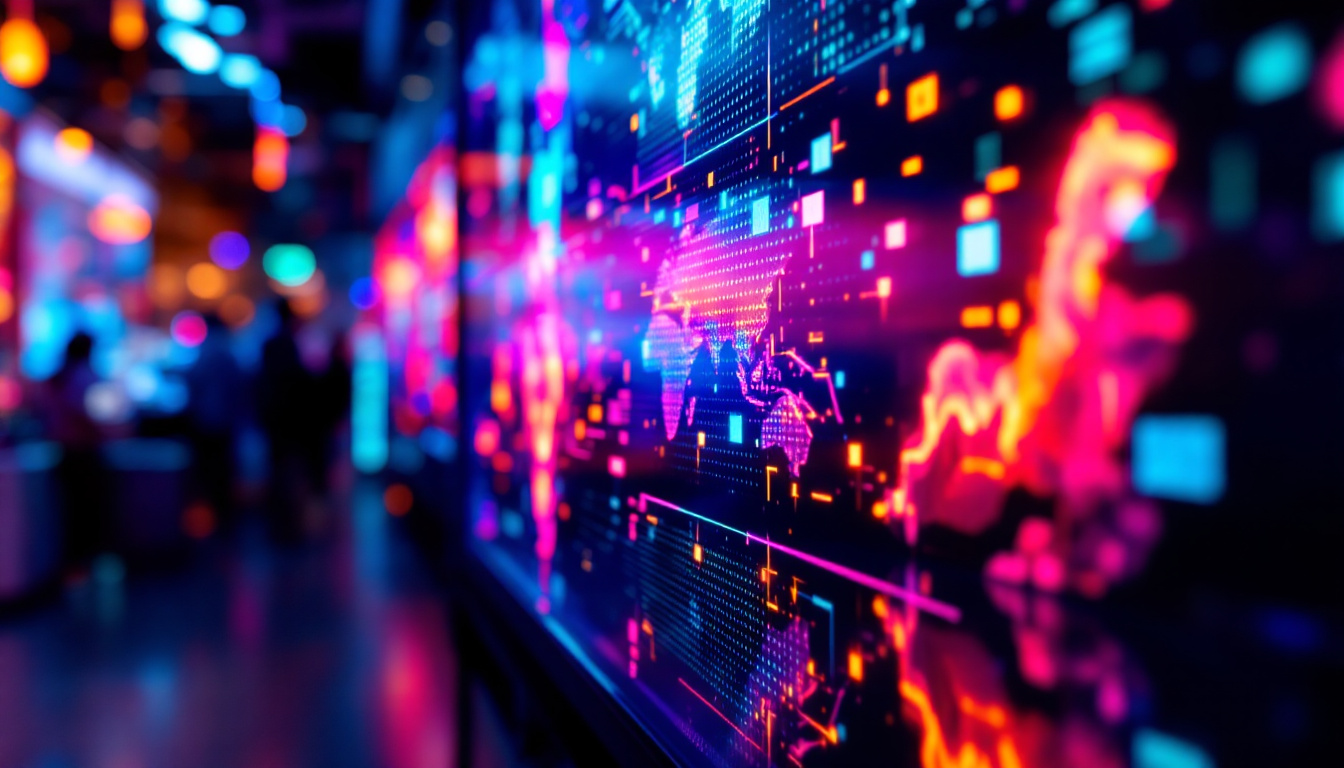In today’s live event industry, the visual experience plays a pivotal role in captivating audiences and enhancing performances. Among the technologies revolutionizing stage design, LED display screens stand out as a dynamic and versatile solution for stage backdrops. Whether it’s a concert, theater production, corporate event, or award show, LED backdrop screens have transformed how visual storytelling is delivered on stage.
This article delves into the world of stage backdrop LED displays, exploring their technology, benefits, applications, and considerations for event professionals looking to elevate their productions.
Understanding LED Display Technology for Stage Backdrops
LED, or Light Emitting Diode, technology has evolved significantly over the past decade. Unlike traditional projection or LCD screens, LED displays consist of numerous tiny diodes that emit light individually. This fundamental difference allows LED screens to deliver unparalleled brightness, contrast, and color accuracy, making them ideal for stage backdrops where visibility and vibrancy are critical.
How LED Displays Work
At a basic level, an LED display is made up of modules or panels, each containing a grid of LEDs. These LEDs can be red, green, and blue, and by varying the intensity of each color, the screen can produce millions of colors. The panels are seamlessly tiled together to create large, high-resolution screens that can be customized to fit any stage size or shape.
One of the key advantages of LED technology is its emissive nature—each diode emits its own light. This contrasts with projection systems that rely on external light sources and reflective surfaces, which can be affected by ambient lighting conditions. As a result, LED screens maintain vivid image quality even in bright environments, such as outdoor concerts or well-lit venues. Additionally, the modular design of LED panels allows for flexible configurations, enabling creative stage designs that can adapt to various performance needs, from concerts to theatrical productions.
Pixel Pitch and Resolution
Pixel pitch is a critical specification in LED displays, referring to the distance between the centers of two adjacent pixels. A smaller pixel pitch means higher pixel density, resulting in sharper images and finer detail. For stage backdrops, pixel pitch typically ranges from 1.2mm for close viewing distances to 6mm or more for larger venues where the audience is farther away.
Choosing the right pixel pitch depends on the viewing distance and the content being displayed. For example, a theater production with audiences seated close to the stage might require a high-resolution LED screen with a pixel pitch of 1.5mm or less. In contrast, a large outdoor music festival might use screens with a 4mm to 6mm pitch to balance cost and visibility. Furthermore, advancements in technology have led to the development of flexible LED displays that can bend and curve, allowing for innovative designs that enhance the visual experience and create immersive environments for the audience.
Moreover, the integration of smart technology into LED displays has opened up new possibilities for stage productions. Many modern LED screens come equipped with features such as real-time video processing, interactive capabilities, and even augmented reality integration. This enables performers to engage with the audience in dynamic ways, transforming traditional stagecraft into a multi-dimensional experience. As a result, the use of LED technology not only enhances the aesthetic appeal of performances but also elevates storytelling, allowing for a richer narrative experience that captivates viewers from start to finish.
Benefits of Using LED Screens as Stage Backdrops
LED backdrop screens offer numerous advantages over traditional stage design elements, enabling event producers to create immersive and dynamic environments.
Superior Brightness and Visibility
One of the most significant benefits of LED displays is their brightness. Modern LED screens can achieve brightness levels exceeding 5,000 nits, making them easily visible even in direct sunlight or brightly lit indoor venues. This ensures that visuals remain clear and impactful regardless of the lighting conditions on stage.
Flexibility and Customization
LED screens are highly modular, allowing for custom shapes and sizes tailored to specific stage designs. Curved, angled, or irregularly shaped backdrops are achievable by configuring LED panels accordingly. This flexibility empowers creative directors to push the boundaries of visual storytelling and stage aesthetics.
Moreover, LED backdrops can display a wide range of content, from static images and videos to live feeds and interactive graphics. This versatility enhances the audience’s engagement and allows for seamless integration with lighting and sound effects.
Durability and Reliability
Designed for professional use, LED displays are built to withstand the rigors of touring and frequent installation. Many LED panels are weather-resistant and can operate continuously for extended periods without degradation in performance. This reliability is crucial for large-scale events where technical failures can be costly and disruptive.
Energy Efficiency
Compared to traditional lighting and projection systems, LED displays consume less power while delivering higher brightness levels. This energy efficiency not only reduces operational costs but also aligns with growing sustainability goals within the live events industry.
Common Applications of LED Backdrop Screens in Live Events
LED backdrop screens have found a broad range of applications across various event types, each leveraging the technology’s strengths to enhance audience experience.
Concerts and Music Festivals
In the music industry, visual elements are integral to the overall performance. LED backdrop screens provide dynamic visuals that synchronize with music, creating immersive environments that amplify the emotional impact of live shows. Artists often use LED screens to display custom animations, live camera feeds, or thematic imagery that complements their music.
For example, major festivals like Coachella and Glastonbury utilize massive LED screens to ensure that even attendees far from the stage can enjoy clear views of the performers and visual effects.
Theater and Performing Arts
Theater productions benefit from LED backdrops by replacing or augmenting traditional set pieces with digital scenery. This capability allows for rapid scene changes and complex visual effects that would be difficult or impossible to achieve with physical sets alone. Productions can transport audiences to different locations or time periods with vivid, high-resolution imagery that enhances storytelling.
Corporate Events and Conferences
In corporate settings, LED backdrop screens serve as powerful tools for branding and communication. They can display presentations, live social media feeds, or product demos with exceptional clarity. The ability to customize screen size and shape also helps create visually striking stages that reinforce corporate identity and engage attendees.
Awards Shows and Broadcast Events
High-profile events like award ceremonies rely on LED backdrops to create glamorous and visually captivating stages. The screens provide dynamic backgrounds that can change instantly between segments, adding a layer of sophistication and polish to the production. Additionally, LED screens enhance broadcast quality by offering consistent lighting and color that translate well on camera.
Key Considerations When Choosing an LED Backdrop Screen
Selecting the right LED display for a stage backdrop involves evaluating several technical and logistical factors to ensure optimal performance and cost-effectiveness.
Viewing Distance and Audience Size
Understanding the typical viewing distance is essential for determining the appropriate pixel pitch and screen resolution. A screen that looks crisp from the front row may appear pixelated to viewers seated farther away. Event planners should analyze venue dimensions and audience layout to select a screen that delivers clear visuals to all attendees.
Screen Size and Aspect Ratio
The physical size of the LED backdrop must complement the stage design and accommodate the content to be displayed. Aspect ratio is also important; common ratios like 16:9 or 4:3 are standard for video content, but custom ratios may be necessary for unique stage configurations. Ensuring the screen size aligns with production needs prevents wasted budget on unnecessarily large or small displays.
Brightness and Contrast Requirements
Brightness levels should be matched to the venue’s lighting conditions. Outdoor events require higher brightness to combat sunlight, while indoor venues may prioritize contrast and color accuracy. Some LED screens offer adjustable brightness settings to adapt to different environments.
Installation and Rigging
LED panels vary in weight and mounting options. It’s crucial to consider the structural capacity of the venue and the complexity of installation. Modular LED systems that allow for quick assembly and disassembly are preferred for touring productions. Additionally, safety standards must be adhered to when rigging heavy screens above performers and audiences.
Budget and Maintenance
While LED technology has become more affordable, costs can still vary widely based on resolution, size, and features. Event organizers should balance quality with budget constraints, keeping in mind that investing in reliable equipment reduces the risk of technical issues. Maintenance considerations include ease of panel replacement and availability of technical support.
Future Trends in LED Stage Backdrop Technology
The LED display industry continues to innovate, promising even more exciting possibilities for stage backdrops in the coming years.
MicroLED and MiniLED Advances
Emerging MicroLED and MiniLED technologies offer smaller pixel sizes and higher brightness with improved energy efficiency. These advances will enable ultra-high-resolution screens that are thinner and lighter, expanding creative options for stage designers.
Flexible and Transparent LED Screens
Flexible LED panels that can bend and curve around complex shapes are gaining popularity, allowing for truly immersive environments. Transparent LED screens, which can be installed over windows or glass surfaces without obstructing views, open new avenues for innovative stage designs.
Integration with Augmented Reality (AR)
Combining LED backdrops with AR technologies can create interactive experiences where digital elements blend seamlessly with live performances. This integration has the potential to redefine audience engagement and storytelling on stage.
Conclusion
LED display screens have become an indispensable element in modern stage production, offering unmatched brightness, flexibility, and visual impact. Their ability to transform stage backdrops into dynamic canvases enriches the audience experience across concerts, theater, corporate events, and more.
For event professionals, understanding the technical aspects and practical considerations of LED backdrop screens is essential to making informed decisions that enhance production quality and audience engagement. As LED technology continues to evolve, its role in shaping the future of live entertainment looks brighter than ever.
Illuminate Your Stage with LumenMatrix
Ready to elevate your live event with the vibrant clarity and dynamic flexibility of LED display screens? LumenMatrix is at the forefront of LED display innovation, offering a wide array of solutions from Indoor and Outdoor LED Wall Displays to specialized options like Vehicle, Sports, and Floor LED Displays. Embrace the future of visual storytelling with our Custom, All-in-One, and Transparent LED Displays designed to captivate your audience and amplify your message. Check out LumenMatrix LED Display Solutions today and transform your stage into an unforgettable visual experience.


